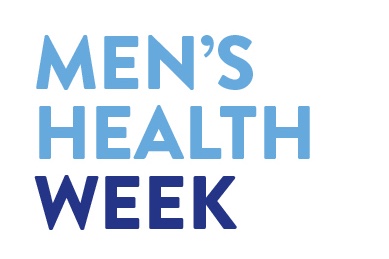Compiled by Men’s Health Forum, June 2014
Men are more likely than women to be physically active.
- In England in 2012, 67% of men and 55% of women aged 16 and over reported that they met the government’s recommendations for physical (aerobic) activity. (Reference: Information Centre).
- Actual physical activity levels however may be much lower. In 2008 an accelerometer study found that only 6% of men and 4% of women achieved the government’s recommended level (Reference: Information Centre).
The proportion of people who self-report meeting the recommendations for physical (aerobic) activity fell more consistently declined with age in men.
- In England in 2008, 83% of 16-24 year old men met the recommendations. However this fell to 75% for 25-34 year olds, 71% for 35-44s, 69% for 45-54s, 54% for 55-64s, and 57% for 65-74s (Reference: HSE).
- For women, the proportions meeting the guidelines rose to a peak among those aged 35-44 (66%) before decreasing as age increased, with 52% for 65-74s (Reference: HSE).
Ethnicity and income are also factors for levels of physical activity.
- Men in the lowest quintile of household income are much less likely than men in the four higher quintiles to meet the recommendations. Whereas 76% men in the highest quartile met the recommendations, only 55% in the lowest quartile did the same (Reference: HSE).
- Men from Indian, Pakistani, Bangladeshi and Chinese groups are also less likely to meet the recommendations for physical activity (Reference: BHF).
Men and women have been found to have different barriers to doing more activity.
- Men were most likely to cite work commitments as a barrier to increasing their physical activity (45%), while lack of leisure time was the barrier most cited by women (37%) (Reference: Information Centre).
- In 2007, women were slightly more likely than men to want to be more physically active than at present (69% and 66% respectively) (Reference: Information Centre).

